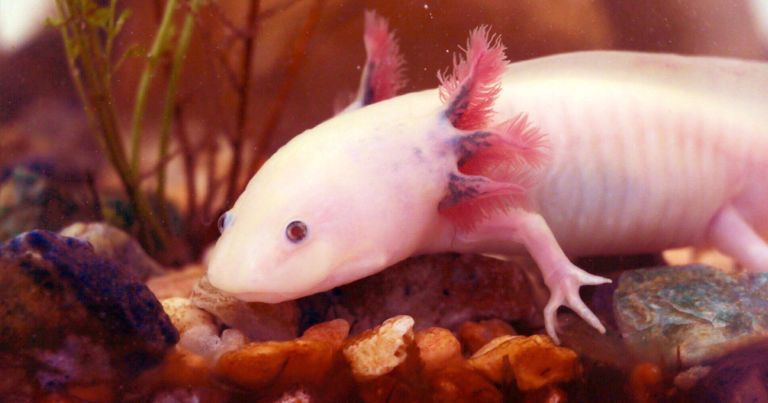“It’s hard to find a body part they can’t regenerate: the limbs, the tail, the spinal cord, the eye, and in some species, the lens, even half of their brain has been shown to regenerate,” Kentucky researcher Randal Voss said in the release.
“Just a few years ago, no one thought it possible to assemble a 30+GB genome,” said Kentucky biologist Jeramiah Smith. “We have now shown it is possible using a cost effective and accessible method, which opens up the possibility of routinely sequencing other animals with large genomes.”
With that capability, the team hopes to begin probing the full DNA sequence for insights into the axolotl’s regenerative abilities.
“Now that we have access to genomic information, we can really start to probe axolotl gene functions and learn how they are able to regenerate body parts,” said Voss. “Hopefully someday we can translate this information to human therapy, with potential applications for spinal cord injury, stroke, joint repair… the sky’s the limit, really.”
